Have you ever wondered how the accounting world is keeping up with the fast-paced digital age? The answer is Software as a Service (SaaS), and it’s changing everything about how we handle finances. Forget those cumbersome spreadsheets and manual data entries. With SaaS, accountants and businesses are now using cloud-based solutions to make their jobs easier and more accurate.
So, what makes SaaS such a big deal? For starters, it offers real-time access to financial data, which means you can get up-to-the-minute information whenever you need it. Plus, it simplifies complex tasks and boosts accuracy, making financial management smoother than ever.
The Evolution of Accounting Technology
Accounting has come a long way from its early days of manual ledger entries and paper-based records. Historically, accounting practices relied heavily on physical documentation and labor-intensive processes, which were not only time-consuming but also prone to errors. The advent of computers brought about a significant shift, introducing electronic spreadsheets and accounting software that automated many tasks and improved accuracy. However, these solutions were often expensive, required extensive IT support, and were accessible only from specific locations.
Enter Software as a Service Accounting – a revolutionary concept in the tech industry. SaaS leverages cloud computing to provide software applications over the internet. This means that instead of purchasing, installing, and maintaining software on individual computers, businesses can now access powerful accounting tools online, paying only for what they use. SaaS applications are updated automatically, ensuring that users always have access to the latest features and security enhancements.
Understanding Software as a Service (SaaS)
Software as a Service (SaaS) is a method of delivering software applications over the internet as a service. Instead of purchasing and installing software on individual computers or servers, users can access SaaS applications through a web browser. This model eliminates the need for complex software management and provides a more flexible and scalable solution for businesses.
Key Characteristics of SaaS
- Accessibility: SaaS applications are accessible from any device with an internet connection, allowing users to work from anywhere at any time.
- Subscription-Based: Unlike traditional software that requires a one-time purchase, SaaS operates on a subscription model, typically billed monthly or annually.
- Automatic Updates: SaaS providers handle all updates and maintenance, ensuring that users always have access to the latest features and security improvements without any additional effort.
- Scalability: SaaS solutions can easily scale to accommodate growing business needs, whether that means adding new users or expanding features.
- Cost-Efficiency: By eliminating the need for physical infrastructure and reducing upfront costs, SaaS provides a more budget-friendly option for businesses of all sizes.
The Rise of SaaS in Various Industries & Among Accountants
SaaS has seen rapid adoption across a wide range of industries, from healthcare and education to retail and finance. Its ability to offer specialized, high-quality applications without the need for extensive IT resources has made it particularly attractive to businesses looking to improve efficiency and reduce costs.
In the accounting industry, the benefits of SaaS are especially pronounced. Accountants can access real-time financial data, collaborate seamlessly with clients and colleagues, and automate routine tasks such as invoicing and payroll. This shift towards cloud-based accounting solutions has led to increased productivity, enhanced accuracy, and better compliance with regulatory standards.
Moreover, the rapid growth of SaaS accountants is driven by the need for more dynamic and responsive financial management tools. SaaS applications integrate easily with other business systems, provide robust data analytics, and offer advanced security features, all of which are crucial for modern accounting practices.
SaaS in the Accounting Industry
Traditional Accounting Methods
Traditional accounting methods have long relied on a combination of manual processes and desktop-based software. Accountants used to manage financial records by hand or with the aid of locally installed software, which required significant manual input and periodic updates. This approach often involved maintaining extensive paper trails and physical storage of documents, making it cumbersome and time-consuming.
Limitations and Challenges of Traditional Accounting:
- Manual Data Entry: Prone to human error and highly time-consuming.
- Limited Accessibility: Data and software are typically only accessible from specific computers, limiting flexibility.
- Costly Updates and Maintenance: Regular updates are required, often involving additional costs and IT support.
- Scalability Issues: Difficult to scale operations quickly to accommodate business growth or changes.
- Storage and Security Concerns: Physical storage of documents poses risks of loss, damage, and breaches.
Introduction of SaaS in Accounting
The advent of SaaS has brought a transformative change to the accounting industry. SaaS accounting solutions are web-based applications that provide a comprehensive suite of tools and features designed to streamline and enhance accounting processes. These platforms are hosted in the cloud and can be accessed from any device with an internet connection, offering unparalleled flexibility and efficiency.
Key Features and Tools Offered by SaaS Accounting Solutions:
- Real-Time Data Access: Users can access up-to-date financial information from anywhere, facilitating timely decision-making and collaboration.
- Automation: Routine tasks such as invoicing, payroll, and reconciliation are automated, reducing errors and saving time.
- Scalability: Easily adjustable to meet the changing needs of businesses, whether adding new users or expanding functionalities.
- Integration: Seamlessly integrates with other business systems and software, ensuring a unified approach to business management.
- Security: Enhanced security measures, including data encryption and regular backups, protect sensitive financial information.
- Cost Efficiency: Lower upfront costs and a subscription-based model make it affordable for businesses of all sizes.
- Compliance and Reporting: Advanced tools help ensure compliance with regulatory requirements and streamline the generation of financial reports.
SaaS accounting platforms like QuickBooks Online, Xero, and FreshBooks are leading the charge in this digital transformation. They offer user-friendly interfaces, robust analytics, and comprehensive support, enabling accountants and businesses to operate more efficiently and effectively.
Benefits of SaaS for Accounting
1 – Enhanced Accessibility and Flexibility
One of the most significant benefits of SaaS in accounting is the ability to access financial data from anywhere, at any time. This flexibility is a game-changer for accountants and clients alike. With cloud-based solutions, accountants can work remotely, respond to client inquiries quickly, and collaborate seamlessly with team members and clients, regardless of their physical location. This level of accessibility ensures that critical financial information is always at hand, facilitating more efficient and responsive accounting practices.
2 – Cost-Effectiveness
SaaS offers a more cost-effective solution compared to traditional accounting software. Instead of substantial upfront costs for purchasing and installing software, businesses can opt for a subscription-based model. This means paying a predictable monthly or annual fee, which often includes updates, support, and maintenance. This model not only lowers initial expenses but also spreads the cost over time, making financial planning more manageable. Additionally, the elimination of hardware and IT infrastructure costs further enhances the financial benefits of SaaS.
3 – Scalability and Integration
As businesses grow, their accounting needs can change significantly. SaaS solutions provide easy scalability, allowing companies to add new users or expand features without significant disruptions or additional costs. This scalability ensures that the software can evolve with the business, accommodating growth and changing needs effortlessly. Moreover, SaaS accounting platforms often integrate seamlessly with other business tools and systems, such as CRM, ERP, and payroll software, creating a cohesive and streamlined business management ecosystem.
4 – Automation and Efficiency
SaaS accounting solutions bring automation to routine accounting tasks, significantly improving efficiency and accuracy. Functions such as invoicing, payroll processing, and bank reconciliation can be automated, reducing the time and effort required for these activities. Automation minimizes the risk of human error, ensuring more reliable financial records. This increased efficiency allows accountants to focus on more strategic tasks, such as financial analysis and planning, enhancing overall productivity.
5 – Real-Time Data and Reporting
One of the standout features of SaaS accounting solutions is the ability to provide real-time access to financial data. This capability ensures that accountants and business owners can make informed decisions based on the most current information available. Enhanced reporting capabilities allow for the generation of detailed financial reports and data insights with ease. These reports can be customized and accessed instantly, providing a clear and accurate picture of the company’s financial health at any given moment.
6 – Security and Compliance
SaaS providers implement robust security measures to protect sensitive financial information. These measures typically include data encryption, regular backups, and multi-factor authentication, ensuring that data is secure from unauthorized access and breaches. Additionally, SaaS solutions are designed to comply with accounting standards and regulations, helping businesses stay compliant with financial reporting requirements. Providers often update their software to reflect changes in regulations, ensuring that businesses always adhere to the latest standards.
Challenges and Considerations
Potential Challenges of SaaS in Accounting
While SaaS offers numerous benefits for accounting, it is not without its challenges. Understanding these potential hurdles is crucial for making informed decisions and ensuring a smooth transition to cloud-based solutions.
Dependence on Internet Connectivity: SaaS applications require a reliable internet connection to function effectively. This dependency means that any disruption in connectivity can hinder access to accounting data and tools. Businesses must ensure they have a stable and secure internet connection and consider contingency plans, such as backup connections, to minimize downtime and maintain productivity.
Resistance to Change from Traditional Methods: Transitioning from traditional accounting methods to SaaS can meet resistance from employees who are accustomed to legacy systems. This resistance can stem from a lack of familiarity with new technologies, fear of change, or concerns about job security. To address this, businesses should invest in comprehensive training programs, provide continuous support, and communicate the long-term benefits of the new system. Encouraging a culture of adaptability and innovation can help ease the transition and promote acceptance.
Factors to Consider When Choosing a SaaS Accounting Solution
Selecting the right SaaS accounting solution is critical to maximizing its benefits and ensuring it meets your business needs. Consider the following criteria when evaluating potential providers:
Evaluating Features: Assess the features and functionalities offered by different SaaS accounting solutions. Look for core accounting capabilities such as general ledger, accounts payable and receivable, invoicing, and financial reporting. Additionally, consider advanced features like automation, integration with other business tools, real-time analytics, and customizable reporting. Ensure the solution aligns with your specific accounting requirements and business goals.
Cost Considerations: Compare the pricing models of various SaaS providers. While subscription-based models generally offer cost savings over traditional software, it’s essential to understand the full cost implications. Evaluate the subscription fees, any additional costs for extra features or users, and the potential for hidden fees. Consider the total cost of ownership, including implementation, training, and ongoing support.
Support Services: Reliable customer support is crucial for a smooth SaaS implementation and ongoing usage. Investigate the support services provided by each SaaS vendor. Look for features such as 24/7 customer support, dedicated account managers, and access to a comprehensive knowledge base. Additionally, consider the availability of training resources, onboarding assistance, and regular updates to ensure your team can effectively use the software.
Scalability and Future-Proofing: Ensure the SaaS solution can scale with your business as it grows. The software should accommodate increasing data volumes, additional users, and expanding features without significant disruptions. Evaluate the provider’s track record of innovation and their commitment to updating and improving their platform to stay current with industry trends and technological advancements.
Conclusion
The rise of Software as a Service (SaaS) marks a significant leap forward in accounting technology. It has revolutionized how financial data is managed, offering enhanced accessibility, automation of tasks, and real-time insights. Despite its benefits, challenges like data security, internet dependence, and resistance to change need careful consideration.
Choosing the right SaaS provider involves evaluating features, costs, support services, scalability, and compliance. By embracing SaaS, businesses can streamline operations, enhance decision-making, and ensure compliance with regulatory standards.
Read More Articles: Vidwud: Redefining Self-Expression through AI Face Swapping.
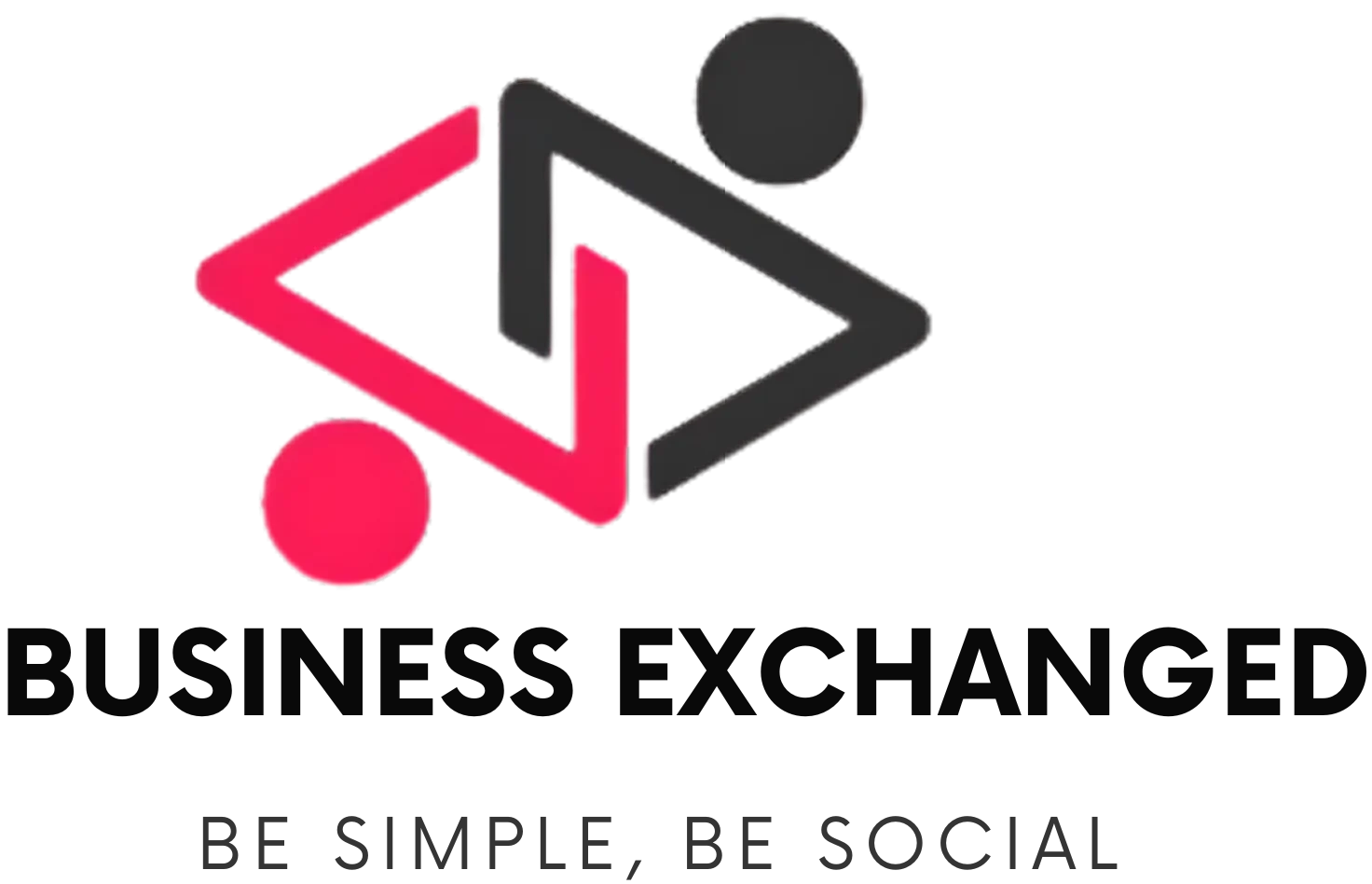






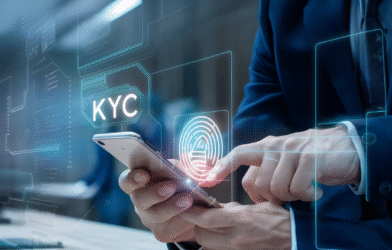
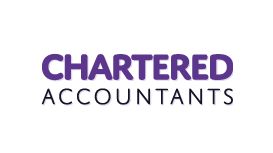

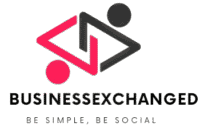
Comments are closed